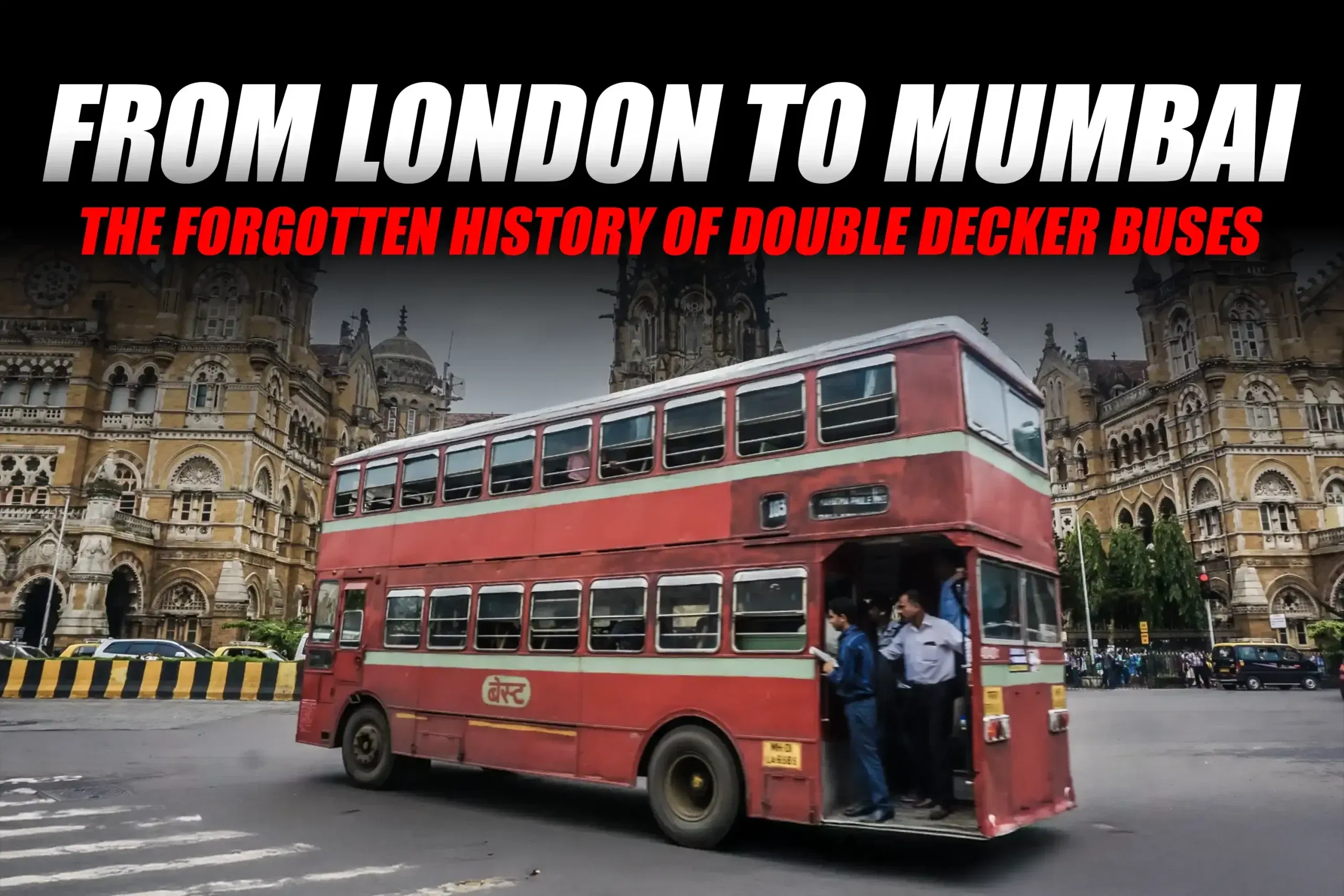The double decker buses stand tall in transport history. They do not only carry passengers, they carry identity, they shape culture. In London, they became landmarks, but in Mumbai, they became lifelines. Their story, often forgotten, links two cities and two eras. It is a story of movement, adaptation, and memory.
London: Where It Began
The first double decker buses appeared in London in the 19th century. At first, horses pulled them. Later, engines replaced the horses. Soon, the classic double decker, large, red, reliable, ruled the streets. These iconic London buses became more than transport. They became images of the city. They appeared in films, in books, and on postcards. They offered views of Big Ben, Tower Bridge, and Parliament. They were practical, but they were also symbolic.
The Move to Mumbai
The link between London and Mumbai came in the 1920s. The British brought London Mumbai buses to India. They wanted faster transport for business and workers. The buses ran on old bus routes, from docks to markets, from suburbs to city centers. Mumbai’s streets were narrow, crowded, and noisy. Yet the buses adapted. They were strong, versatile, and practical. Soon, the commercial bus became part of the city’s rhythm. For the people, the bus was not foreign. It was theirs.
Engineering Strength
To look at vintage buses' history is to admire design. Builders gave the buses strong chassis, heavy axles, and solid suspension. They wanted stability, even with a full load. The classic double decker carried more passengers but still kept balance. In London, the buses crossed wide roads. In Mumbai, they fought traffic and heat. On both streets, they worked hard. They were not just machines. They were proof of engineering skill.
The Last Mumbai Double Decker
The story ended in 2023. The last journey for Mumbai's iconic diesel-powered double-decker buses came on September 15, 2023. After years of service, they were retired. The reason was simple: their time was over. For decades, they had carried thousands daily. They had connected South Mumbai to the suburbs. People grew up seeing them. Their end marked more than retirement. It marked the close of a chapter. A few remain today as heritage buses in India. Preserved by collectors and museums, they stand as memories. They remind us of crowded streets, open windows, and evening commutes.
Cultural Memory
The double decker buses were not only commercial vehicles. They were cultural. In London, they stood as icons of design. In Mumbai, they became part of life. People remember the climb to the top deck. They remember the breeze, the views, the noise below. The heritage buses in India still hold that charm. One look at them, and memory returns. They remain symbols of both British influence and Indian character.
Why They Faded
Every city changes, the buses face high costs, heavy traffic, and lack of parts. New low-floor buses were easier to manage. They allowed faster boarding and better comfort. Slowly, the double deckers disappeared. Yet, they are not forgotten, these iconic London buses still run tours. In Mumbai, heritage rides keep the memory alive. They are not daily tools anymore. They are history on wheels.
A Future in New Form
The world of commercial vehicles is moving forward. Electric buses, hybrid buses, and clean-energy designs are now the focus. Still, the double decker form survives. Some cities bring them back in new versions, efficient, modern, but still tall and striking. Mumbai too experiments with electric double deckers. These buses carry the same promise of capacity, but they do it with lower emissions. In this way, the vintage bus history evolves. The shape remains; the engine changes.
Conclusion
The journey from London to Mumbai shows more than transport. It shows an exchange. It shows adaptation. It shows memory. The classic double decker, whether in London’s heart or Mumbai’s lanes, was more than a commercial bus. It was identity on wheels. The last Mumbai double decker bus, retired in 2023, was not just the end of a service. It was the end of an era. To remember them is to walk through old bus routes, to honor heritage buses in India, and to celebrate London Mumbai buses as shared heritage. The bus remains iconic. Red in London, green or red in Mumbai, it stays in memory. It proves that in the world of commercial vehicles, some machines become timeless.
For more articles and news, stay updated with 91trucks. Subscribe to our YouTube channel and follow us on Facebook, Instagram, and LinkedIn for the latest videos and updates from the automotive world!
Also Read:
Web Stories
Latest Buses News
Categories
91trucks is a rapidly growing digital platform that offers the latest updates and comprehensive information about the commercial vehicle industry.









